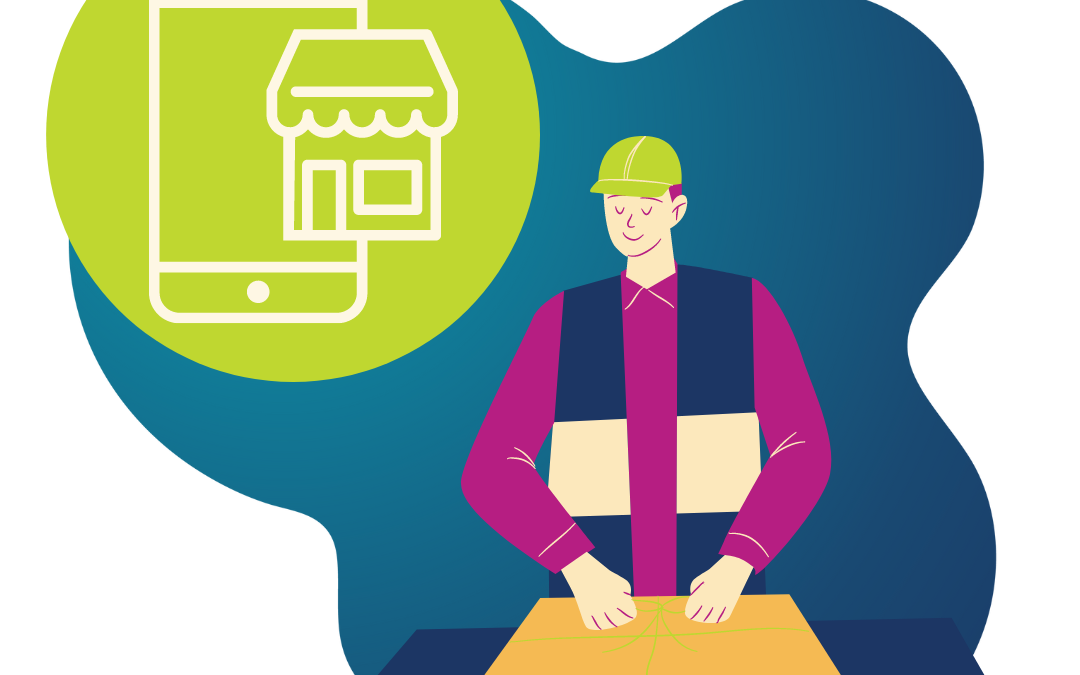The eCommerce sector has experienced rapid growth over the past decade. Factors such as Covid-19 and retail staffing shortages accelerated the trend, encouraging many consumers to turn to online shopping. Online retailers aren’t the only ones to have felt the impact; logistics providers have been affected, as well.
Shifting Consumer Expectations
Back when Amazon first began offering online shopping, few could have imagined how popular the service would become. Nowadays, eCommerce is an integral component of many retail businesses. As customers have grown used to ordering products over their smartphones or laptops and having them arrive on their doorsteps in a day or two—if not the same day—their expectations have changed.
This has forced retailers to adopt new business practices. Customers expect fast and accurate deliveries, and in order to meet their demands, companies that can’t afford to invest in their own warehouses and/or distribution centers are outsourcing their logistics to third party logistics providers (3PLs). This is especially true of online retailers, many of whom don’t even have a physical brick and mortar space to begin with.
Five eCommerce Strategies 3PLs are Embracing
Logistics providers have long been an effective solution because they have the infrastructure and processes in place to provide warehousing, inventory management, order fulfillment, shipping, and transportation services. But with surging demand, they too are having to adapt new practices for effective supply chain management.
To remain a cost-effective and reliable eCommerce solution while keeping up with the latest trends and customer expectations in a rapidly changing marketplace, 3PLs are utilizing the following strategies.
- Investing in new technologies. Logistics companies have long been committed to state-of-the-art technology. They’re doubling down now by investing in cutting-edge technologies such as advanced robotics, automated order scanning and processing systems, cloud computing, and artificial intelligence (AI).
- Embracing data analytics. Utilizing data analytics helps 3PLs manage supply chains more effectively by looking at consumer demand, inventory levels, delivery times, and other factors. These metrics help them adjust operations so they run smoothly and efficiently and remain cost-effective.
- Digitalization. Digital practices and technologies improve efficiency and streamline operations. 3PLs are utilizing online data platforms and mobile integration to expand payment options to credit cards, mobile phones, and internet banking, while software like digital freight matching — which connects available drivers with cargo ready for shipment — is a quick and efficient method of order fulfillment.
- Shipping via air freight. Long-haul trucking has long been the standard method of shipping goods, but now that “express delivery” is the rule rather than the exception, 3PLs are forgoing road transportation in favor of air freight. It’s faster, more reliable, and can reach customers virtually anywhere in the world.
- Improving last-mile delivery. As its name implies, last-mile delivery is the final, and most critical, portion of the delivery process. It’s also the most expensive. Logistics providers are taking steps to improve the efficiency and reduce the costs of last-mile deliveries through strategic sorting of packages before they leave the distribution hub, and investments in smaller, faster fleet vehicles.
As technology improves and more and more companies offer next-day or same-day delivery, it is more important than ever for logistics providers to keep pace with the changing marketplace. Geneva 10 remains committed to providing customers with efficient, cost-effective solutions, whether they are traditional manufacturers, online retailers, or both.

